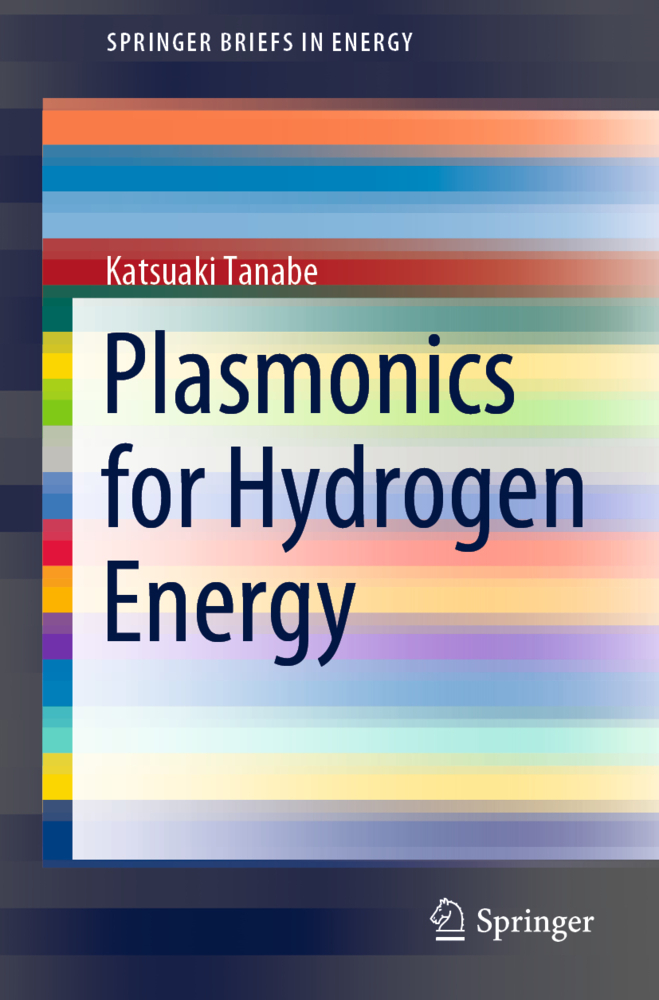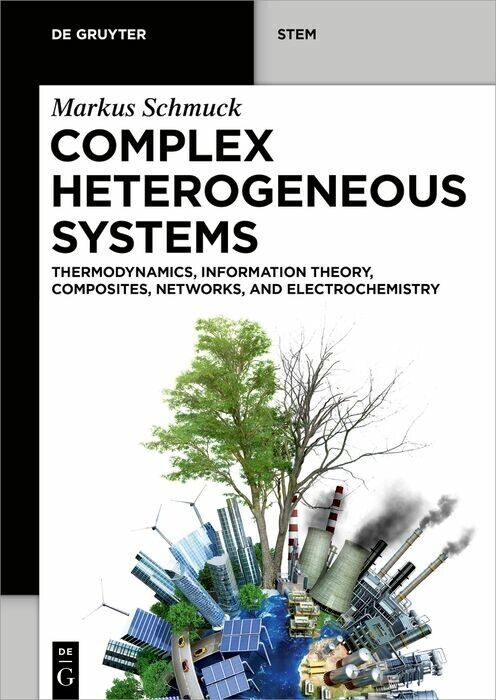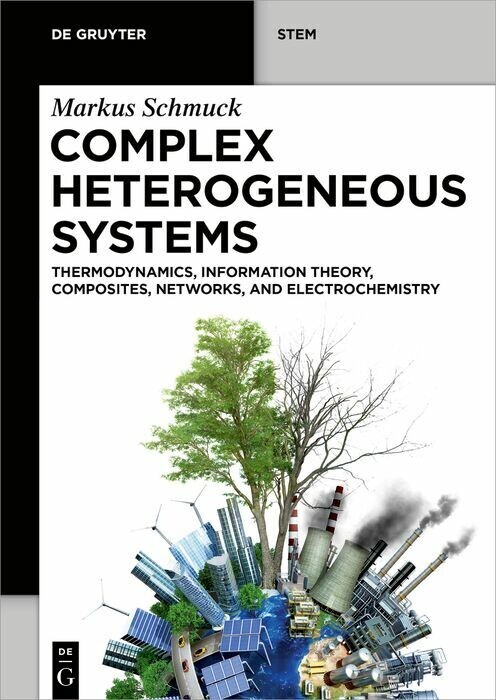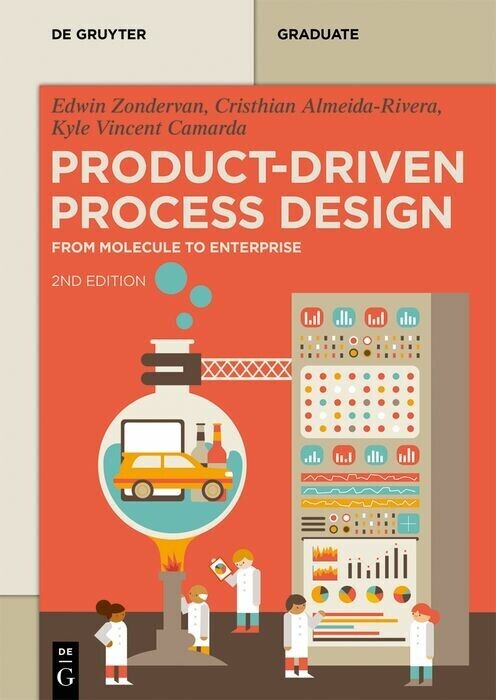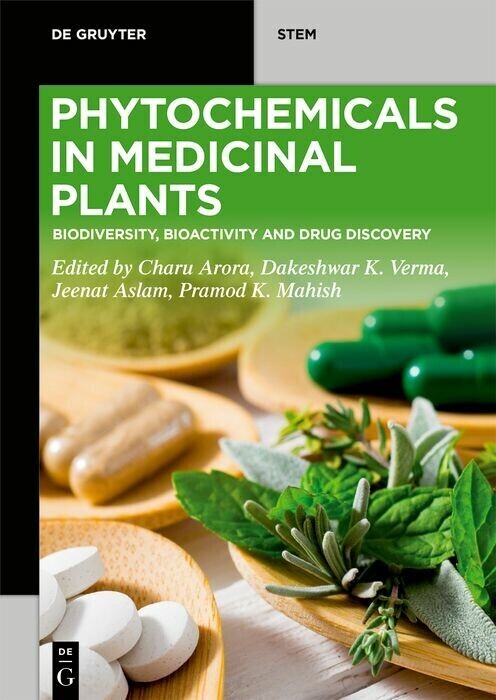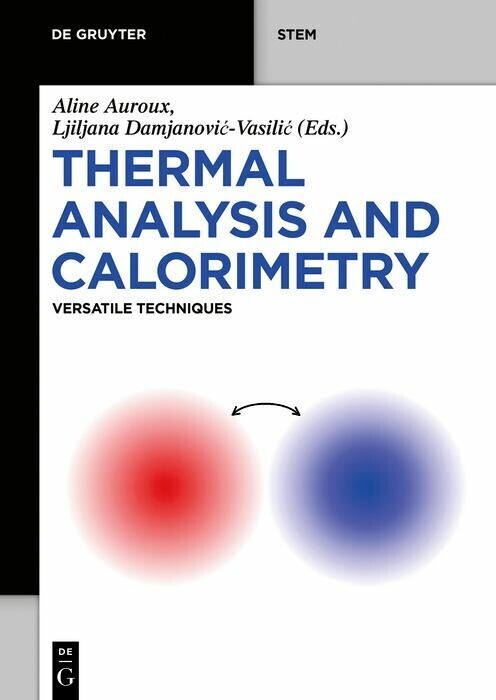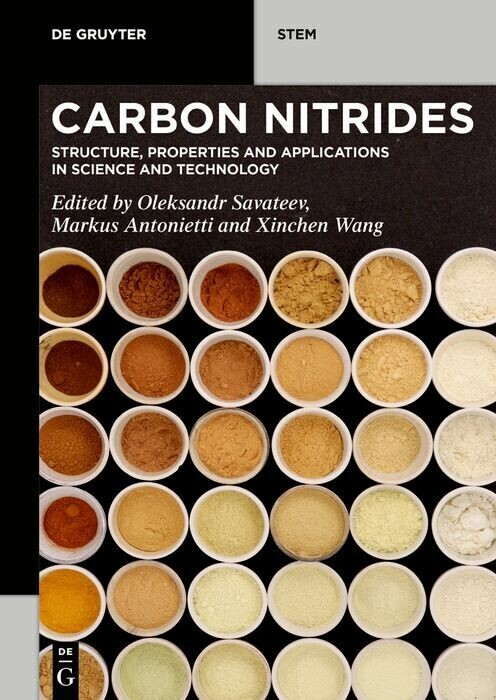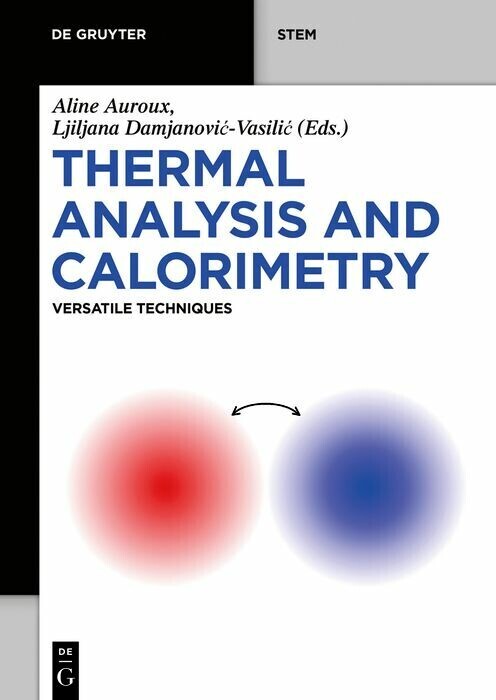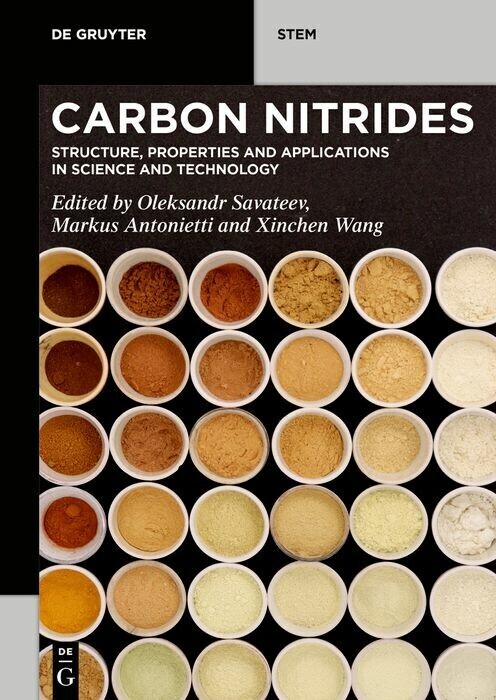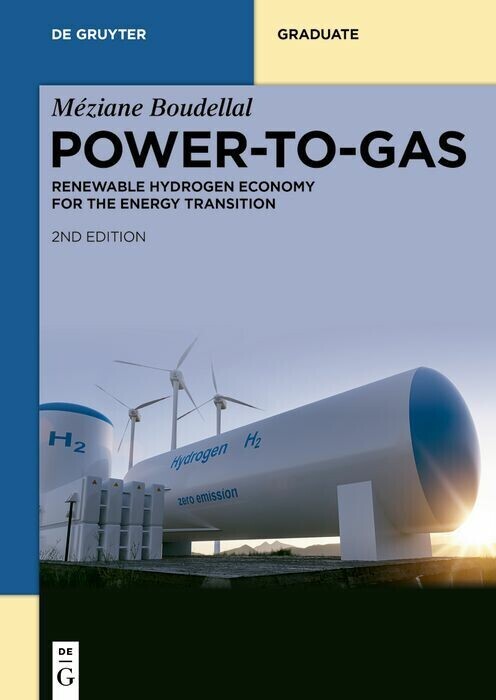Plasmonics for Hydrogen Energy
Plasmonics for Hydrogen Energy
This book provides an overview of the fundamentals of plasmonic field enhancement phenomena and the recent advancements in the field of hydrogen energy technologies that utilize plasmonics for their performance enhancement. Hydrogen energy is currently a representative clean energy without polluting or greenhouse emission in its use. However, industrial production of hydrogen molecules, or other usable hydrogen-containing molecules, is required for the use of hydrogen energy. It is also important to produce hydrogen in clean, renewable manners, to contribute to the solution of the environmental problems, such as atmospheric pollution and global warming, and of the depletion of energy resources. For the widespread use of hydrogen energy, technical developments particularly for hydrogen production and storage are highly sought after. Free electrons in metals, particularly around metal surfaces or interfaces with dielectric materials, exhibit a strong interaction with electromagnetic fields or light in the form of collective oscillation, named surface plasmons. The electromagnetic field intensity around subwavelength-size metal particles can be highly localized due to the coupling between the incident photons and collective oscillation of free electrons at the metal surface, resulting in focusing of electromagnetic energy density, or namely local field enhancement.
Profile: Received a B.Eng. (2001) and a M.Eng. (2003) in Chemical Engineering from University of Tokyo, and a M.S. (2005) in Applied Physics and a Ph.D. (2008) in Materials Science from California Institute of Technology. He was a project assistant professor (2008-2011) and a project associate professor (2011-2015) at Institute for Nano Quantum Information Electronics, University of Tokyo, and has been an associate professor at Department of Chemical Engineering, Kyoto University since 2015.
Gottfried Wagener Prize, German Innovation Award (2017)
Funai Academic Award (2016)
Young Scientists' Prize, Commendation for Science and Technology by the Minister of Education, Culture, Sports, Science and Technology (2015)
IEICE Electronics Society Laser-Quantum Electronics (LQE) Young Researchers Award (2012)
Japanese Society of Applied Physics (JSAP) Young Scientist Presentation Award (2011)
Electronic Materials Symposium (EMS) Award (2009)
Best Student Presentation Award, IEEE Photovoltaic Specialists Conference (PVSC) (2008)
Google Scholar Citations: https://scholar.google.com/citations?user=-3G7btYAAAAJ
Previous books:
M. Sugawara, Y. Arakawa, and K. Tanabe
K. Tanabe
Profile: Received a B.Eng. (2001) and a M.Eng. (2003) in Chemical Engineering from University of Tokyo, and a M.S. (2005) in Applied Physics and a Ph.D. (2008) in Materials Science from California Institute of Technology. He was a project assistant professor (2008-2011) and a project associate professor (2011-2015) at Institute for Nano Quantum Information Electronics, University of Tokyo, and has been an associate professor at Department of Chemical Engineering, Kyoto University since 2015.
Gottfried Wagener Prize, German Innovation Award (2017)
Funai Academic Award (2016)
Young Scientists' Prize, Commendation for Science and Technology by the Minister of Education, Culture, Sports, Science and Technology (2015)
IEICE Electronics Society Laser-Quantum Electronics (LQE) Young Researchers Award (2012)
Japanese Society of Applied Physics (JSAP) Young Scientist Presentation Award (2011)
Electronic Materials Symposium (EMS) Award (2009)
Best Student Presentation Award, IEEE Photovoltaic Specialists Conference (PVSC) (2008)
Google Scholar Citations: https://scholar.google.com/citations?user=-3G7btYAAAAJ
Previous books:
M. Sugawara, Y. Arakawa, and K. Tanabe
Chapter 7: 'Advanced self-assembled indium arsenide (InAs) quantum dot lasers'
Semiconductor Lasers: Fundamentals and Applications, A. Baranov and E. Tournie eds., Woodhead Publishing, 2013
(ISBN-10: 0-85709-121-2, ISBN-13: 978-0-85709-121-5)
K. Tanabe
Low-Cost High-Efficiency III-V Semiconductor Compound Solar Cells: Utilization of Wafer Bonding and Plasmonic Technologies, VDM Verlag, 2010 (Invited)
(ISBN-10: 3-639-22761-1, ISBN-13: 978-3-639-22761-1)
K. Tanabe
Chapter 9: 'Ultrahigh efficiency III-V semiconductor compound solar cells'
Recent Research Developments in Applied Physics, Vol. 9, S. G. Pandalai ed., Transworld Research Network, 2007 (Invited)
(ISBN: 81-7895-213-0)Tanabe, Katsuaki
| ISBN | 9783030882754 |
|---|---|
| Artikelnummer | 9783030882754 |
| Medientyp | E-Book - PDF |
| Copyrightjahr | 2021 |
| Verlag | Springer-Verlag |
| Umfang | 43 Seiten |
| Sprache | Englisch |
| Kopierschutz | Digitales Wasserzeichen |


